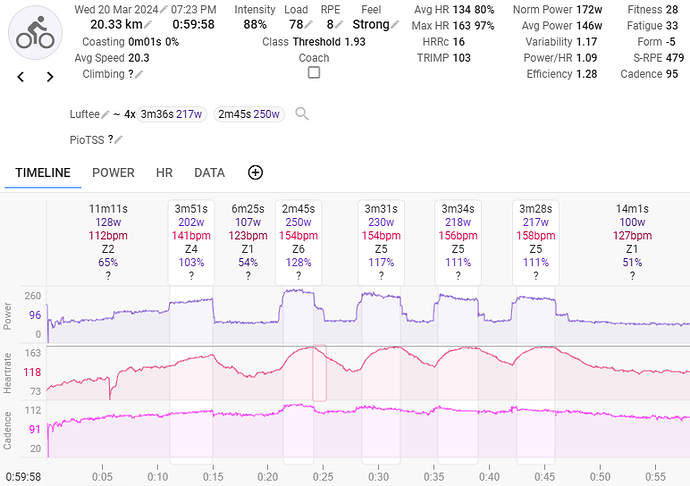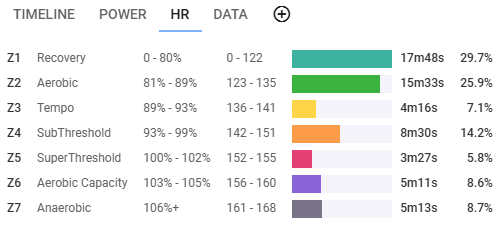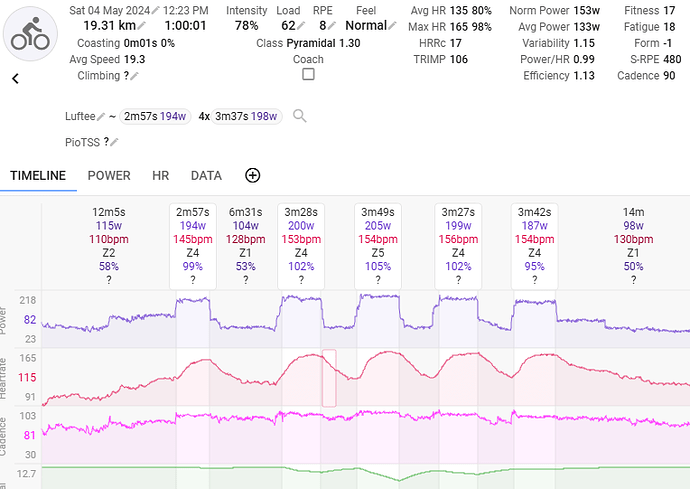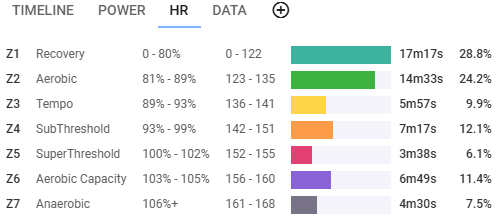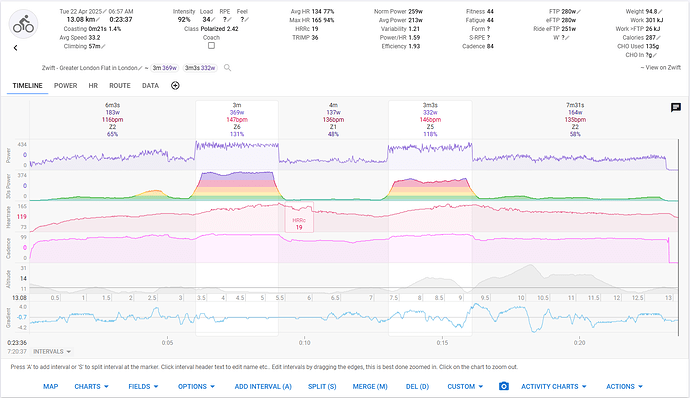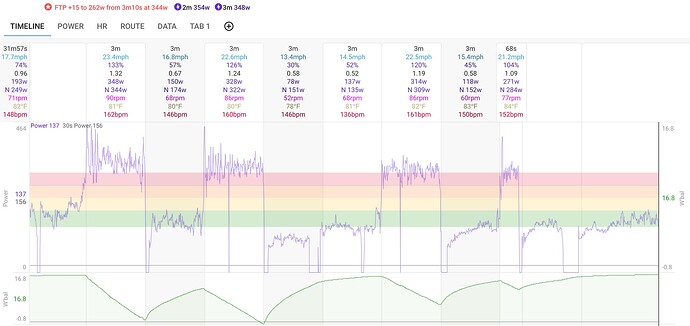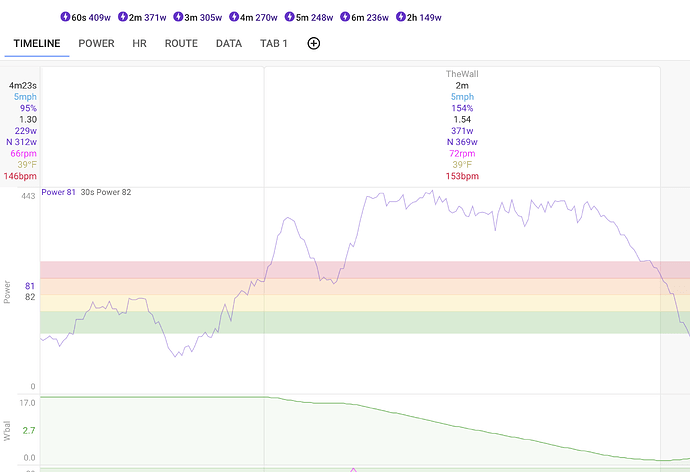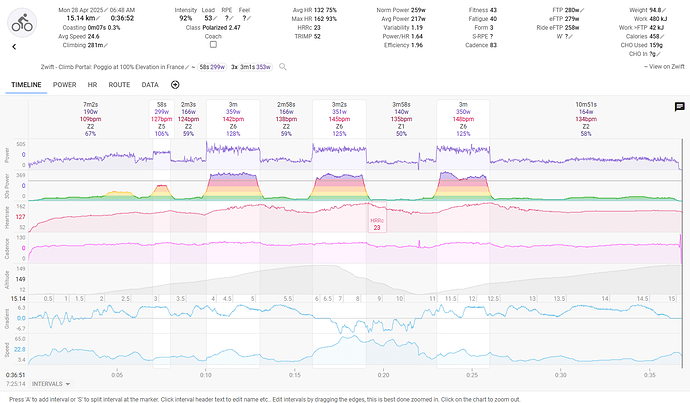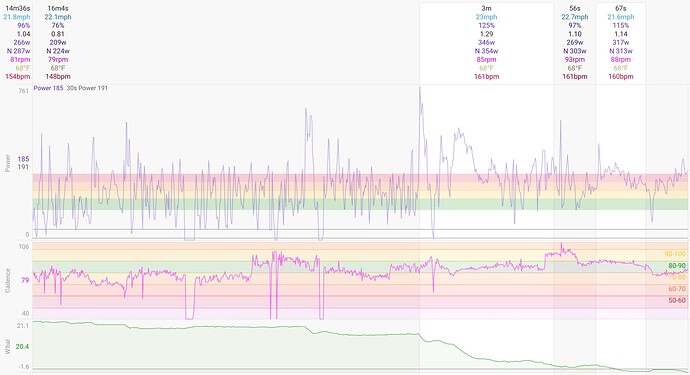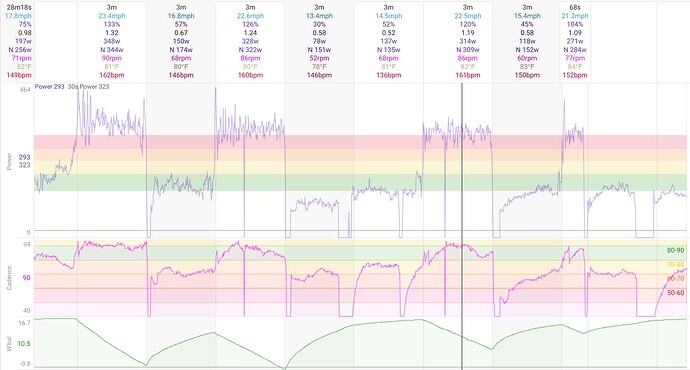Hey Robert, I see you joined Feb 4, unsure on your experience level w structured training, based on power or HR zones.
I’ll forewarn you that you’re going to get many extremely contrasted opinions, many with ‘studies’ , that may or may not have valid methods, N = sometimes literally 2 - 10 participants, often in a tight range, such as, ohhh, I don’t know, at random let’s say something like “Five males 24 - 29, pre-trained cyclists with an athletic build & BMI.”
Take all w a massive grain of salt, including me ! 
I’d been riding abt 5 - 7 yrs, outdoor rides, unstructured trainer, and Zwift racing. Started structured on TrainerRoad, and bought in 100% to power - only based training.
Went amazing @ first, got the legendary ‘n00b gainz’, but blew up, overcooked my legs, and had lots of DNF WOs and many skipped WO days once I got into Thresh & VO2 work.
Like many around here, I’m super A type, science background, so I dug into things.
I spoke w some coaches who have brought professional athletes to gold at world champion events, and also some athletes who won events at that level.
The angle they shared is that hard-set power or HR zones work well for other work, but for Thresh & VO2, it should only be RPE.
Because we know our output can vary so much day-to-day due to sleep, nutrition, stress, it makes no sense to hard-set a number that is then preset by the trainer, that you must hit, or you can’t complete the WO.
If your “Thresh” is 240 w, but one day at 5 - 9 RPE, and you just can not get it over 220, it’s much better to stay there, complete the WO, load in that training stress, benefit from it, recover, and continue to nail your TP 100%.
For VO2s, especially when ppl are new to them [ myself incl. ], when doing a 4 x 3 min set, your first int will almost always be at a higher w than your last.
This is what happens, if you really are nailing a great VO2 interval in your first one. And by allowing yourself to rip by RPE, you’ll still get 3 mins time-in-zone on your last interval, and a great quality WO.
They key is to pick a power that you can hold consistent for the entirety of each interval, as close as possible. Don’t blow up; if it has to drop slightly to finish the int, it’s fine, but if you have to drop it a lot, you picked a starting power too high.
It should take you a couple WO of finishing saying “I could have gone out harder.” before you get it all dialed in, and know exactly how your bod can do VO2s best, what your targets should be, etc.
Power is just for ballparking, and HR is only for after analysis, as you said above. As long as RPE is good, and you’re not going to yak, do not drop output because HR is “getting too high”.
Have fun.
